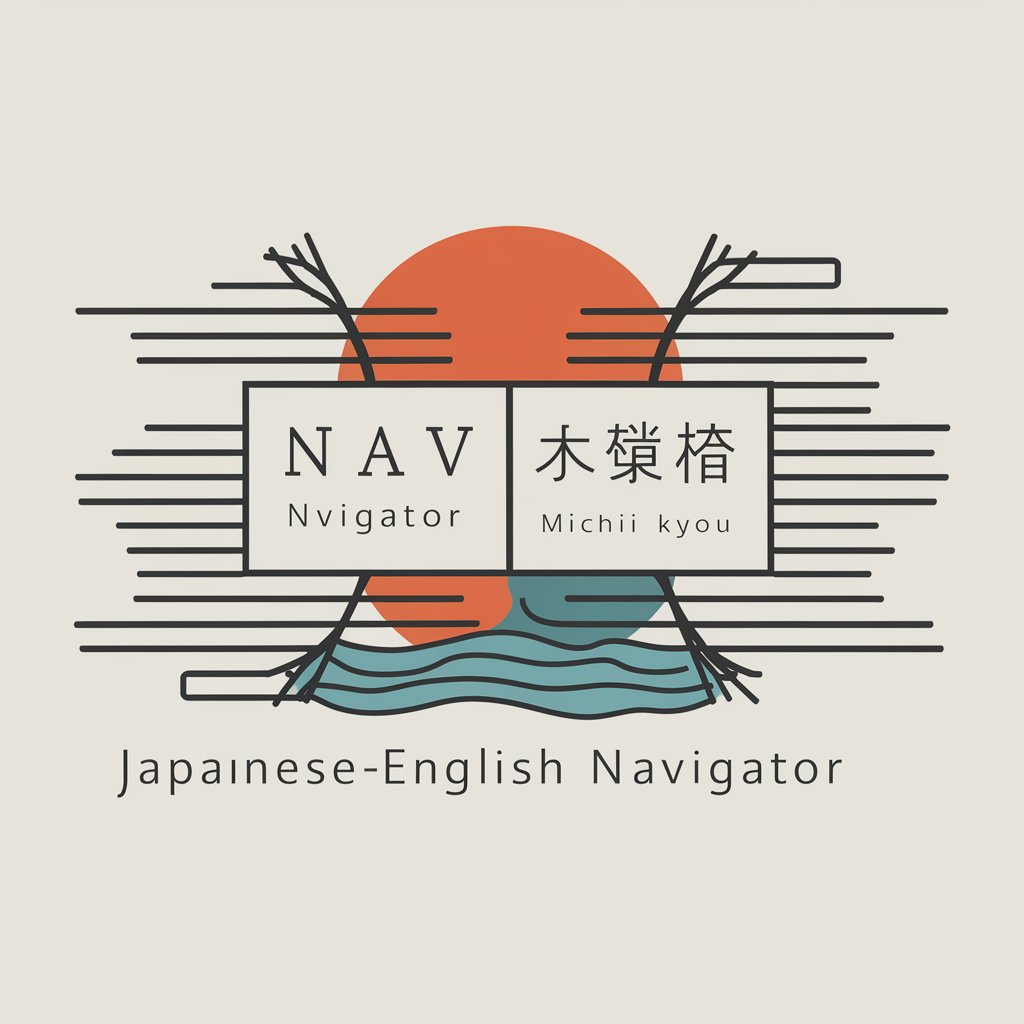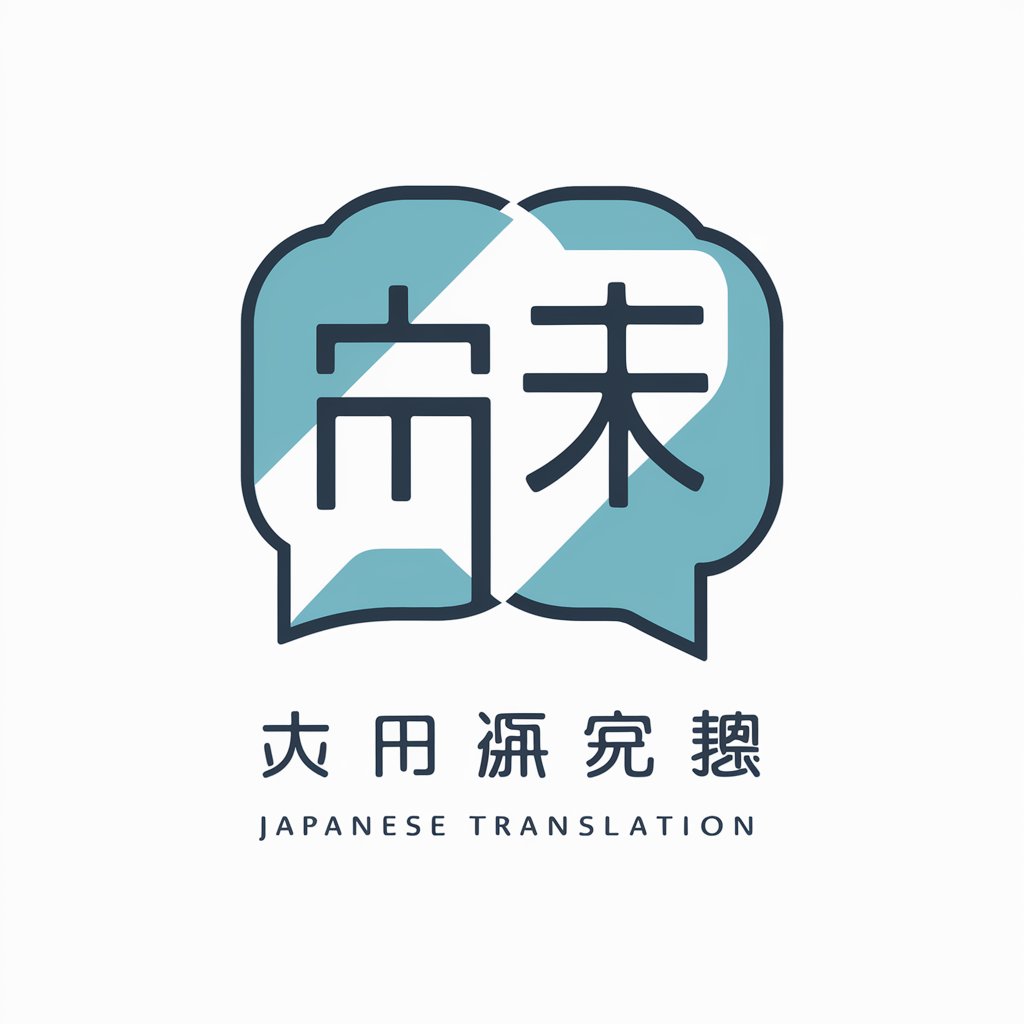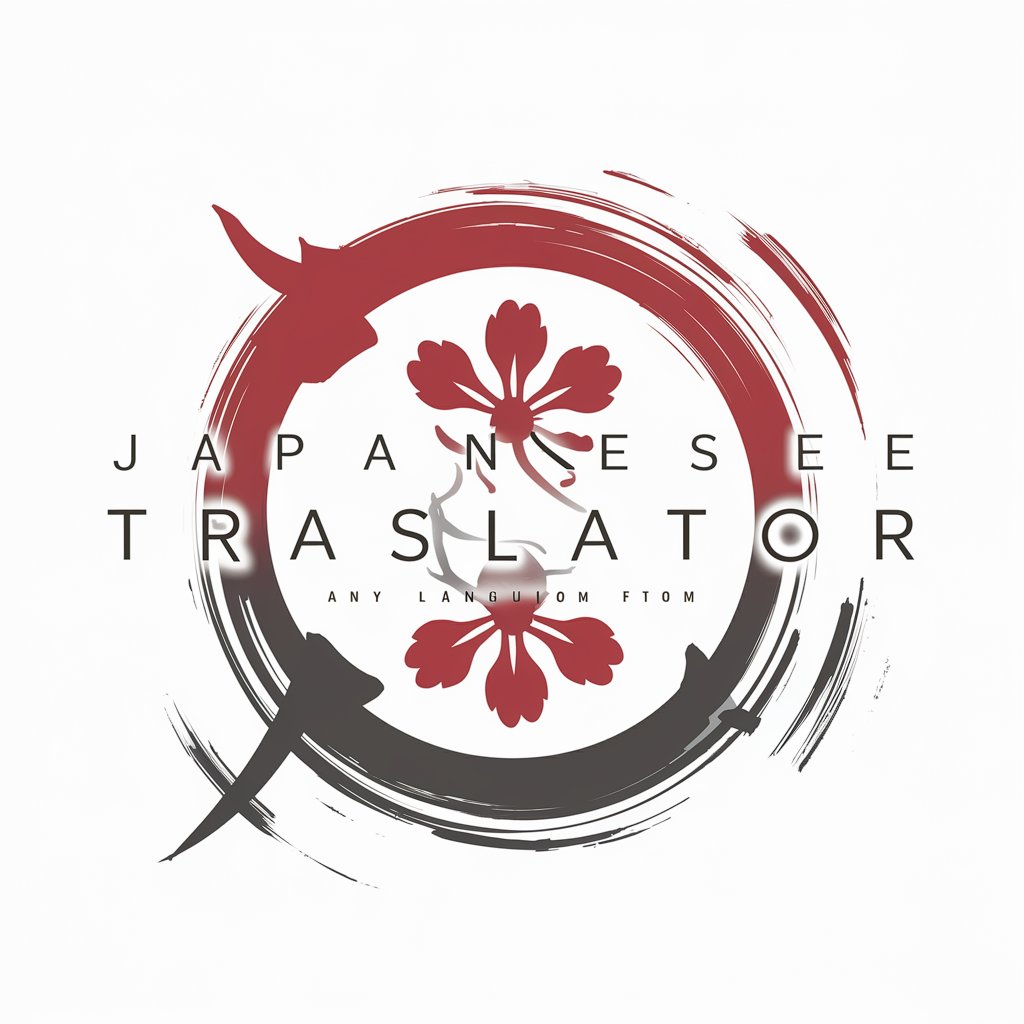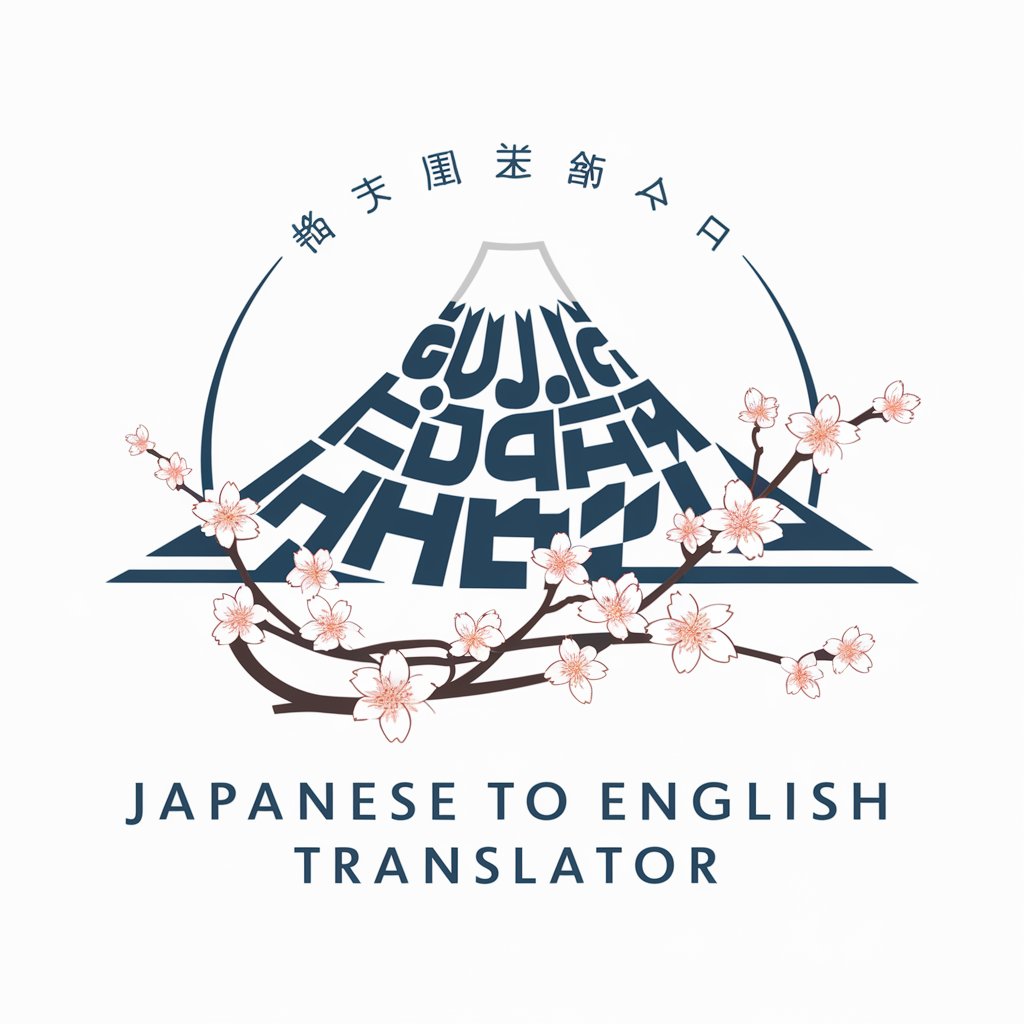
English to Japanese translator - English-Japanese Text Translation
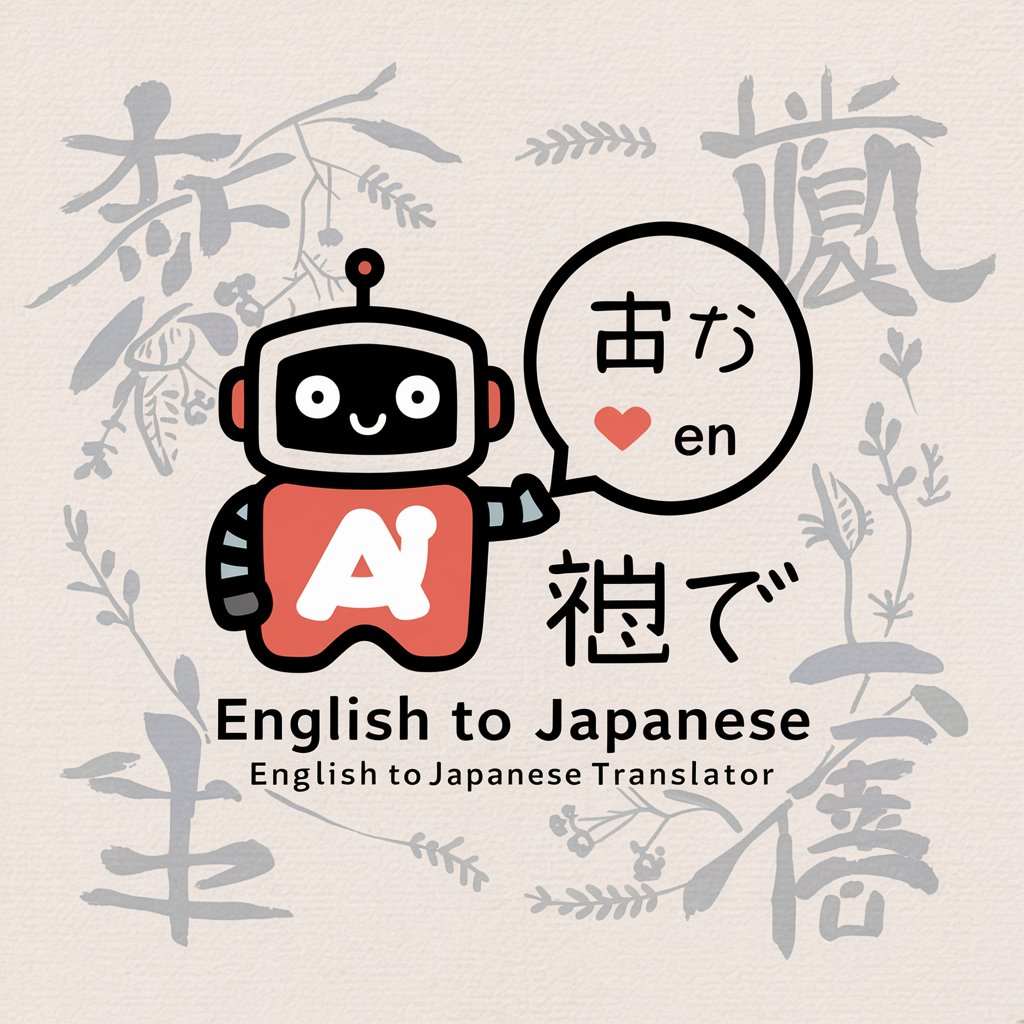
こんにちは!気軽に日本語を学びましょう。
AI-Powered Language Translation
Translate this English sentence into casual Japanese:
How would you say this phrase in a friendly, conversational Japanese tone:
Can you convert this English text into Japanese that sounds natural in an informal context:
Please translate the following into culturally relevant Japanese for a casual conversation:
Get Embed Code
Overview of the English to Japanese Translator
The English to Japanese translator is designed to assist users in converting English text into Japanese, focusing on fluency and cultural relevance rather than direct, literal translations. This specialized tool is developed to handle casual or conversational contexts, ensuring that translations resonate well with native Japanese speakers. By incorporating cultural nuances and common usage patterns of the Japanese language, it provides translations that are not only accurate but also feel natural and appropriate for informal settings. For example, when translating greetings or common phrases, the tool adapts them to fit Japanese social norms and communication styles, such as using 'こんにちは' (Konnichiwa) for a simple 'Hello' during daytime interactions. Powered by ChatGPT-4o。

Key Functions and Real-World Applications
Contextual Translation
Example
Translating 'I'm feeling under the weather today' to '今日は体調がすぐれないです' instead of a direct translation.
Scenario
This function is particularly useful in informal conversations where expressions and idioms require culturally relevant interpretation to maintain the original sentiment.
Cultural Customization
Example
Adjusting 'Can I join you?' to '一緒にいてもいいですか?', which is more polite and commonly used in Japanese.
Scenario
Used when translating requests or questions to ensure they are posed in a culturally appropriate manner, respecting Japanese etiquette.
Conversational Adaptation
Example
Changing 'What’s up?' to '最近どう?' instead of the more formal '何か新しいことはありますか?'
Scenario
Ideal for casual exchanges among friends or acquaintances in Japanese, making the dialogue feel more natural and relaxed.
Target User Groups for the Translator
Language Learners
Individuals learning Japanese who need assistance in understanding how to converse naturally in Japanese, helping them to use phrases and expressions that are commonly used by native speakers.
Business Professionals
Professionals engaging with Japanese clients or colleagues who require accurate and culturally appropriate translations to facilitate smoother communication and to enhance professional relationships.
Travelers and Expatriates
Travelers or expatriates living in Japan who need to navigate daily life and social interactions, benefiting from translations that are adapted to casual speech and local customs.

How to Use the English to Japanese Translator
Step 1
Visit yeschat.ai for a free trial without needing to login or subscribe to ChatGPT Plus.
Step 2
Choose the type of content you want to translate, whether it's casual conversation, a formal document, or a specific topic like technology or tourism.
Step 3
Input your English text into the designated field. Ensure that the text is clear and free of jargon unless it's specific to the content you need translated.
Step 4
Review the translated Japanese output. Make use of the tool's option to tweak or ask for different nuances if the context isn't quite right.
Step 5
Use the feedback mechanism to refine the translation if necessary, helping the AI learn and improve its accuracy for future translations.
Try other advanced and practical GPTs
Bob
AI-Powered Digital Marketing Expertise

Japanese Business Editor
Polish Your Business Japanese with AI

短视频IP爆款口播文案专家(视频号)
AI-powered Short Video Script Transformation

Construction Estimator
AI-Powered Construction Costing

Quick Startup Valuation Estimate - by Equidam
AI-Powered Startup Valuation

Magyar-Angol Fordító
AI-powered translations made simple

Project Management & Control
Optimize Projects with AI-Powered Insights

Anilist Anime Guide
Your AI-powered anime encyclopedia

Contador Experto Chile
AI-powered accounting for Chilean regulations

ユニークAI美女動画
AI-Powered Content & Image Generation Tool

💕남치니💕
Your Personal Heartfelt Companion

Wisdom of the Ages
Ancient Wisdom, Modern Insights

Frequently Asked Questions About the English to Japanese Translator
Can the translator handle different dialects of Japanese?
Yes, it can adapt translations to fit standard Japanese as well as offer variations for common dialects like Kansai-ben, when specified.
Is this tool suitable for translating technical documents?
It is equipped to handle technical translations but works best when the technical terms are well-defined in the input text.
How does the translator ensure cultural relevance in translations?
The AI uses extensive databases of real-life dialogues and written content to model translations that are culturally and contextually appropriate.
What should I do if the translation doesn't meet my expectations?
Utilize the feedback feature to inform the tool of the specific issues, which helps it learn and adjust future translations.
Can I use this tool for learning Japanese?
While primarily designed for translation, it can be a supplementary tool for learners to see examples of natural language usage.
